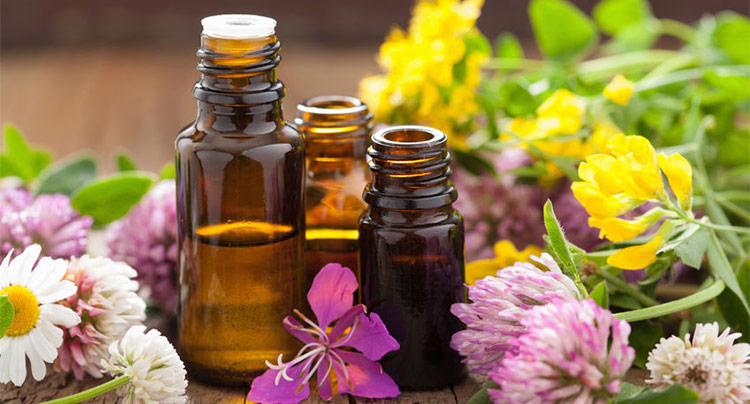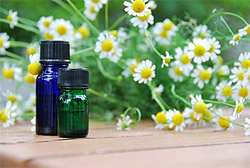Essential Oil Uses

Introducing essential oils into your lifestyle can be quite easy, fun, and therapeutically beneficial. Below is a list of uses for essential oils to help you get started. Thes essential oil uses provided here are intended as brief general guidelines only for you to research further, and you do need to pay special attention to all essential oil safety precautions applicable for each oil that you choose. It is also important to remember that essential oils are flammable.

Essential Oil Use #1: Easy Inhalation
Place 1-2 drops of essential oil on a tissue. Place the tissue several inches from your nose and inhale (do not let the essential oil come in contact with skin, your eyes, nose or mouth). When trying an oil for the first time, use only one drop to ensure that you do not have a sensitivity or reaction to the oil.
Essential Oil Use #2: Steam Inhalation
Boil 2 cups of water. Pour the water into a bowl and add 1-4 drops of oil to the water. Use fewer drops if you are using an oil that may cause irritation to your mucous membranes (i.e. cinnamon, eucalyptus, rosemary, pine, thyme, cajuput, etc.). Place your nose about 12" away from the bowl and inhale. D not inhale the steam constantly and if you notice any irritation or discomfort, stop immediately. Steam inhalation can help with colds and influenza. Use of energizing or relaxing oils can also make this method useful any time of day or night.
Essential Oil Use #3: Diffusion
Use a diffuser and follow the manufacturer's instructions. Do not diffuse continually.
Essential Oil Use #4: General Household Freshening
Add a few drops of oil to your trash can, laundry wash, drain, vacuum bag filter, or on a tissue for placement in your drawers. Don't let essential oil come into contact with furniture or finishes that could be damaged by the oil.
Essential Oil Use #5: Insect Repellent
Many essential oils including citronella, lavender, and peppermint can help act as a natural repellent against insects. Sprinkle a few drops of essential oil onto tissues or cotton balls and place near your doorways and windows to help repel insects. Be sure to read all safety data on the oils you use. Some oils may not be suitable for use around pets. Never apply undiluted essential oils to your skin and be careful not to apply the essential oil directly onto fragile surfaces.
Essential Oil Use #6: Aromatherapy Massage
Add up to 12 drops of skin safe essential oil to 1 ounce carrier oil such as sweet almond oil and massage onto yourself or partner. Keep away from eyes and genital areas. Do not apply essential oils to the skin without first diluting them adequately. Be sure to also carefully read the safety information for the essential oils you choose to use.
Essential Oil Use #7: Bath
For information about aromatic baths, read AromaWeb's Aromatherapy Bath article. Do not add essential oils directly to your bathwater, because essential oils do not stay mixed with water. The concentrated essential oil droplets can burn and seriously irritate skin and delicate areas of the body.
Other Essential Oil Uses
Essential oils can be used in making homemade lotions, facial toners, shampoos, perfumes, soaps, shower gels, and other natural products. Additionally, essential oils are often blended for their therapeutic synergistic abilities. The Recipes area includes many recipes and synergies.
The Book Shelf area provides book descriptions for over 70 aromatherapy books. Included are books that offer detailed recipes, other uses for essential oils, aromatherapy safety, and detailed essential oil information.

